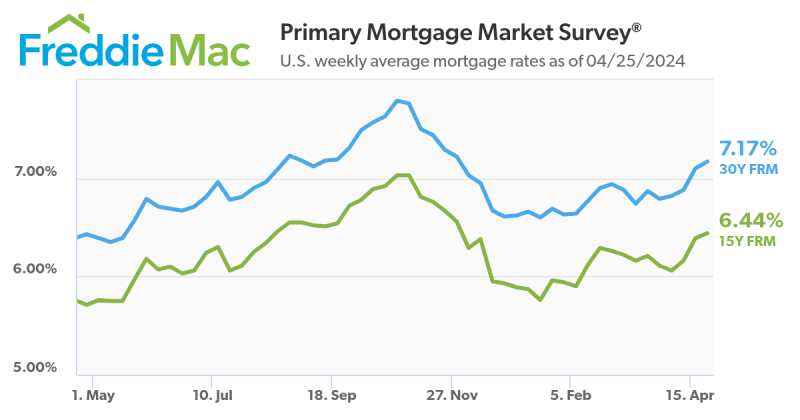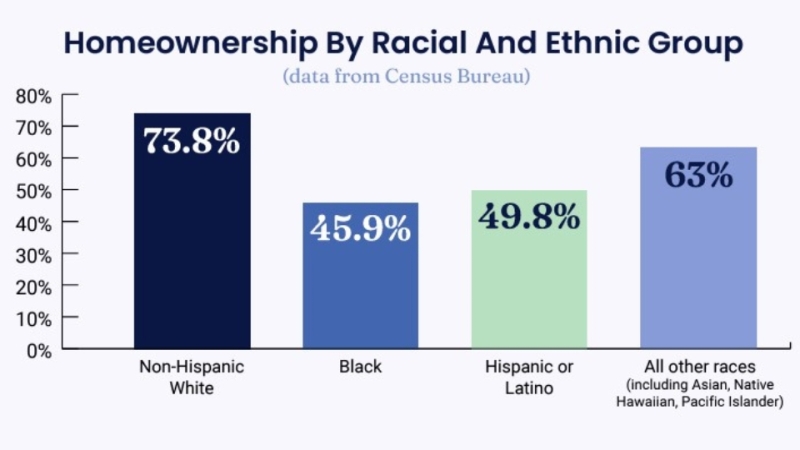Advertisement
Mortgage market complexity foils consumers and undermines fair lending
Repurchase demands: The damaging impact on your net worthRoberta R. Janel, CMB and Andrew Liput Esq.Mortgage repurchases
Imagine that you are the owner of a mortgage brokerage or
banking firm. Over the last few years, due to the remarkable real
estate market, your business savvy and hard work, you have built up
your business's net worth. Everything is going well, and
then—pow! The equity that you had yesterday is gone. Your net
worth does not even meet the minimum state licensing requirements.
Is this a bad dream? No, it is a reality for some originators. The
current explosion of investor repurchase demands due to early
payment defaults (EPDs), borrower misrepresentations and other loan
deficiencies has put the mortgage industry in a crisis mode.
Declining origination volumes resulting in decreased cash flow are
wreaking havoc in our industry. Originators all over the country
are abandoning 100 percent financing programs, avoiding the
sub-prime market and holding their collective breath that last
year's originations are not going to come back to haunt them.
Today, repurchase demands are raging as investors become more
aggressive while they take a hard line on origination problems and
late-paying borrowers.
Mortgage loan repurchases can have an enormous impact on an
originator's balance sheet. Regardless of the financial strength of
an originator, very few in today's industry can afford to write
large repurchase checks or absorb indemnity deposits and make whole
obligations. Worse yet, originators selling loans to investors who
double as their source of warehouse funds are finding themselves at
risk of being cut off completely from the source of their
lifeblood.
A mortgage repurchase request is recorded as a liability on the
company's balance sheet. However, this does not occur until the
obligation is probable and estimable, which is an extremely
compelling incentive to address any repurchase request immediately.
Once a liability is determined, it's shown as the dollar amount of
the estimated loss, which could be anything from the total amount
of the demand or, as the result of successful loss mitigation, just
the yield spread premium. Whatever the amount, it corresponds to a
decrease in owner equity and remains on the balance sheet until
resolution. Even if you buy the loan back at the purchase price set
by the investor, your financial statements may need to reflect an
immediate impairment, which is the difference between what you paid
and what the loan is currently worth in the market. The financial
strength and perhaps the survival of your company depend on getting
the best advice from a trusted advisor with wide-ranging experience
in the mortgage industry.
The most important thing to remember when faced with a
repurchase demand is to act quickly. You must develop a loss
mitigation strategy. Originators commit a fatal error when they
respond to investor repurchase demands with silence, intentional
delays and general indifference. Timing is critical in evaluating a
proper defense of a buyback, and when no defense is available, a
lender must immediately design a loss mitigation plan that will
successfully limit or even eliminate losses.
The initial step after a repurchase demand is received is to do
a complete review of the investor agreement (purchase and sale
agreement, seller agreement or mortgage loan purchase agreement),
in conjunction with the reasons articulated for the buyback demand
to verify that your rights and obligations are clearly understood
and that the investor is acting in good faith. Repurchase demands
for EPDs usually are permitted only within the first few months
after transfer. Buybacks for origination issues, including fraud,
have longer notice periods. Problems that come up years after a
sale may violate the good faith and fair dealing covenants of an
investor agreement.
Once you understand your rights and verify the buyback demand is
valid on its face, you then begin the forensics to uncover details
that may mean the difference between a successful defense of a
repurchase and resigned negotiations to limit your losses.
Originators should take a multi-faceted approach for successful
loss mitigation results. The origination loan officer should get
involved, reaching out to the borrower. It is also important to
conduct a field visit to evaluate the current condition, market
value and occupancy status of the property. Professional negligence
may have contributed to a default, and so it is essential to scour
the loan file to determine if negligence contributed to the
deficiency.
Originators cannot allow repurchases to distract them from
making loans or drain their reserves and warehouse lines of
much-needed capital. The best response when originators receive a
repurchase request is to source out the forensics, response and
loss mitigation work to qualified, unbiased and experienced
industry professionals who can conduct the proper review and field
work needed to get the best result.
Our industry has had historical highs and lows. 2002-2005 were
boom years, and we enjoyed the financial benefits that ensued. Now
that the sub-prime market has collapsed and foreclosures are on the
rise, those lenders who want to be around for the next boom need to
have a serious plan to address EPD and repurchase issues in order
to survive.
Roberta R. Janel, CMB is managing director of J.H. Cohn
Professional Mortgage Consultants LLC, a division of New
Jersey-based J.H. Cohn LLP, which provides advisory, consulting and
repurchase assistance to lenders. She may be reached at (973)
871-4027 or e-mail [email protected].
Andrew L. Liput Esq. has been a banking industry attorney
for 20 years, most recently as senior vice president and general
counsel to U.S. Mortgage Corporation. He is an owner of Repurchase
Resolution Specialists in New Jersey. He may be reached via his Web
site, www.repurchasespecialists.com.
About the author





